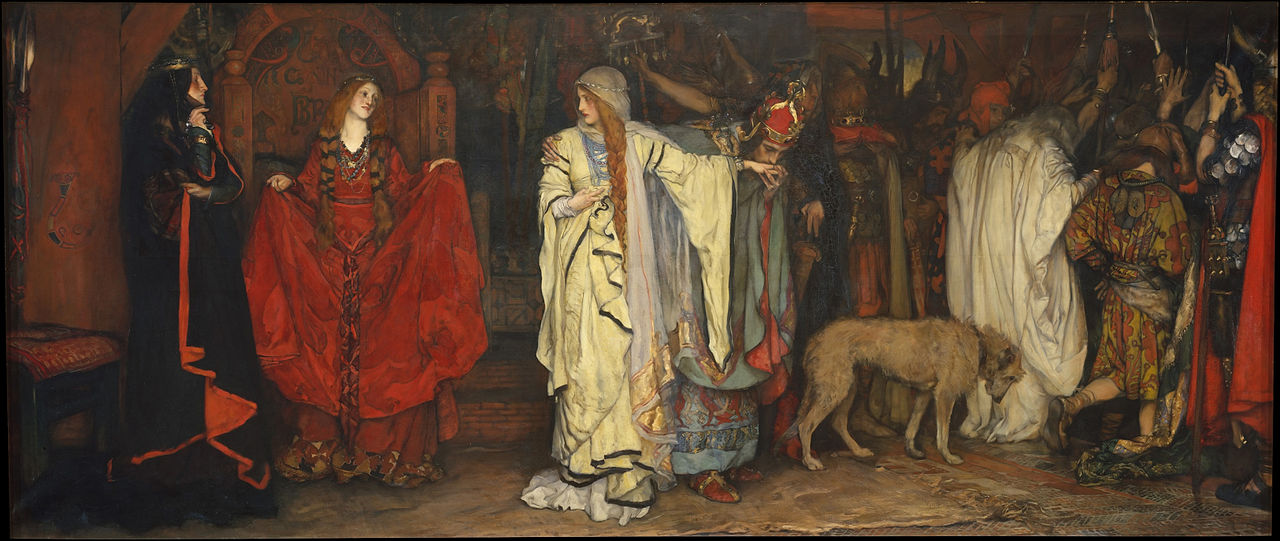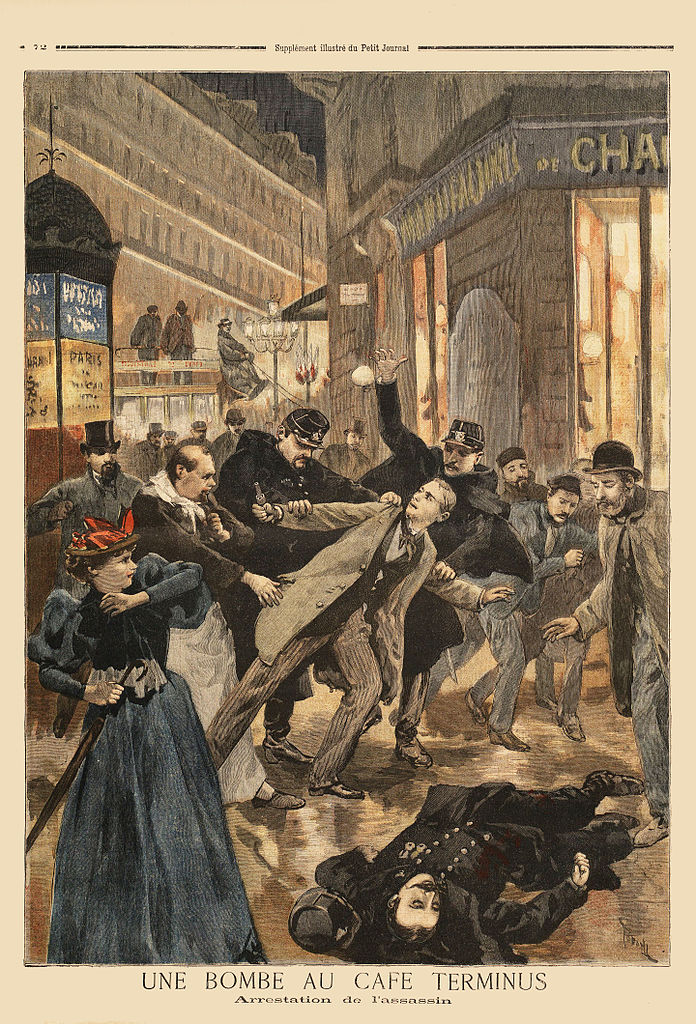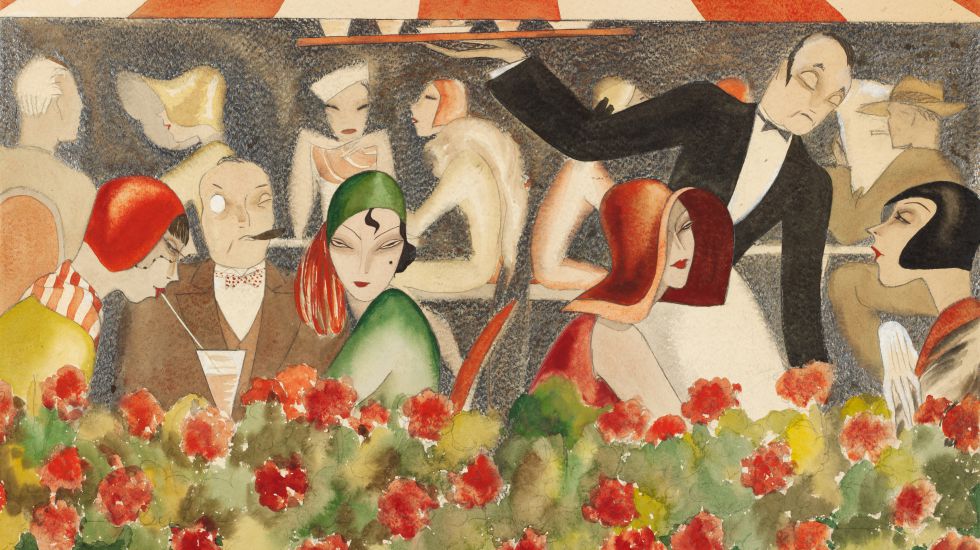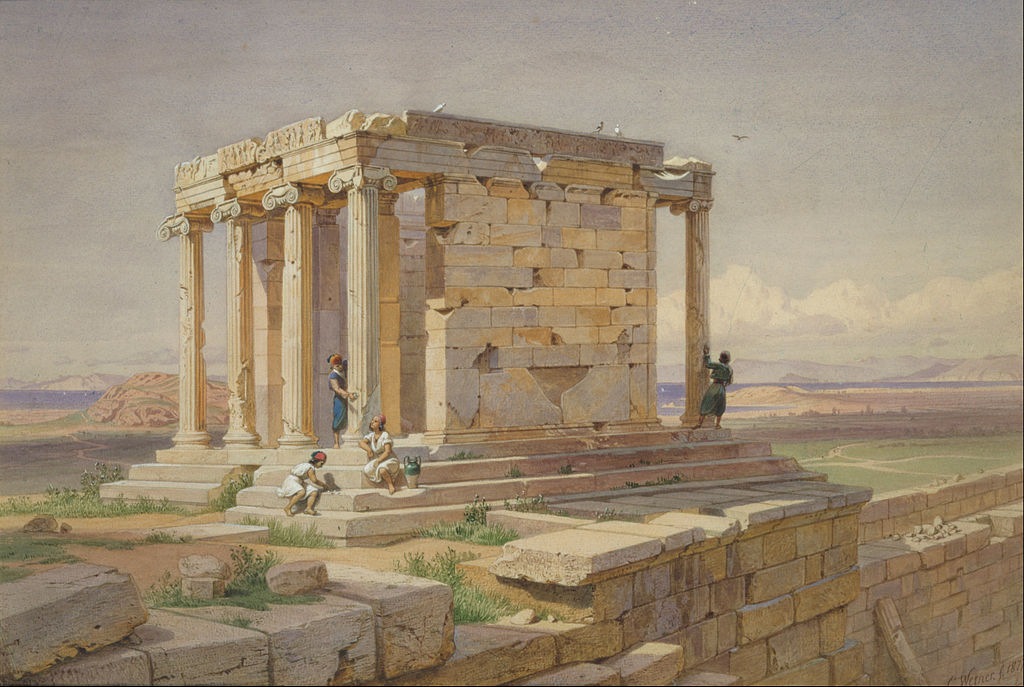Scattered throughout Shakespeare’s King Lear are references to animals. These references serve as points of comparison, and affinity, with the human animal. The purpose of these references is to highlight human existence on the appetitive level – that which solely feeds and nurtures the body, without concern for concepts that drive human society, such as ethics and morality.
In fact, it is for this very reason that Lear is turned out into the wild heath, very much like a feral beast, wherein he can enact his tragedy, free from all associations with the constructs of civilization.
In effect, the animal references in King Lear emphasize humankind’s affinity with all living things, in that each of us is involved in a cycle – birth, begetting offspring, death – life outside civilization, life as the instinctual drive to breed and survive.
As well, it is important to realize that human society is also a construct of superfluity in that human beings tend to accumulate wealth and power, without thinking about why they need to carry on in this way.
This is precisely the painful lesson that Lear learns on the heath. He has been turned out into the storm like some mad, unwanted animal. He, the king, is powerless before nature. All his wealth, all his influence, even his fifty companions that he kept with him at all times as a show of his might – are all stripped away. On the heath, he is no more than a lost, old man whom no one wants.
Interestingly enough, Lear the king, living in his court, was more appetitive, more driven by his own sense of power (since he could make or break the lives of his daughter, especially Cordelia) – more like an animal – than the human being that he becomes on the heath.
It is by suffering like a wretched animal, by being cast to the very lowest level of subsistence, that Lear learns about truth of a human life, indeed the value of a human life.
It by suffering that he undergoes purification, where all superfluity is stripped from him, and he becomes a man that finally understands the value of love and compassion. And the animals teach this lesson to him:
Poor naked wretches, wheresoe’er you are,
That bide the pelting of this pitiless storm,
How shall your houseless heads and unfed sides,
Your loop’d and window’d raggedness, defend you
From seasons such as these? O, I have ta’en
Too little care of this! Take physic, pomp,
Expose thyself to feel what wretches feel,
That thou mayst shake the superflux to them,
And show the heavens more just (III.iv.28-36).
Despite the darkness that pervades the entire play, King Lear is about the discovery of love. All too often a lifetime will go by before we understand the reality of love.
In fact, the entire play is structured around the idea of inversion – things that we assume are normal and therefore proper (such as Lear the King parceling out his kingdom to the daughter who loves him the most) – are twisted and inherently wrong, if not evil.
By his own action, by trying to see which daughter loves him the most, Lear unleashes the tragedy that shall consume in the end. Lear the “wise, old king” is in fact a foolish old man – for he actually believes he can discern true love by initiating a game – “Let’s play who loves Dad the most.”
But Cordelia refuses to play. She knows that true love is not contained in mere words, but is in fact found in actions and deeds – something Lear himself bitterly learns:
No, no, no, no! Come let’s away to prison:
We two alone will sing like birds i’ the cage;
When thou dost ask me blessing, I’ll kneel down
And ask of thee forgiveness. So we’ll live,
And pray, and sing, and tell old tales, and laugh
At gilded butterflies, and hear poor rogues
Talk of court news; and we’ll talk with them too –
Who loses and who wins; who’s in, who’s out (V.iii.8-15).
Birds in a cage are freer than kings at court. They are completely without guile and deception. The inversion continues, for the cage is the freest place for Lear; it is there he finds truth, and it is there that he finds true love that Cordelia bears for him.
Of course, it is in the nature of Shakespearean tragedy that death comes precisely – and only – when complete realization is achieved and truth laid bare.
Thus, when Lear finds Cordelia, it is too late. Death takes away the very person that Lear sought throughout the play – someone who would love him without hope for reward.
And it is at this very juncture that we have the strongest evocation of the parallel between human existence and animals – for as living creatures we share the same fate – some will die soon, others a little later, but human and animals – indeed all life – is bound to the cycle of life and death:
Why should a dog, a horse, a rat, have life,
And thou no breath at all? Thou’lt come no more,
Never, never, never, never, never (V.iii.307-309).
The finality of “Never” rings like a knell upon all human hopes to be greater and higher than what we really are – human animals.
It is this question that Kent asks as he sees Lear carry in the dead Ophelia: “Is this the promis’d end” (V.iii.265).
When the play ends, we must answer Kent and say, “Yes. This is the promised end – for death makes animals of us all.” And it is to Kent that we must leave the final word: “Break, heart, I prithee, break”(V.iii.314).



